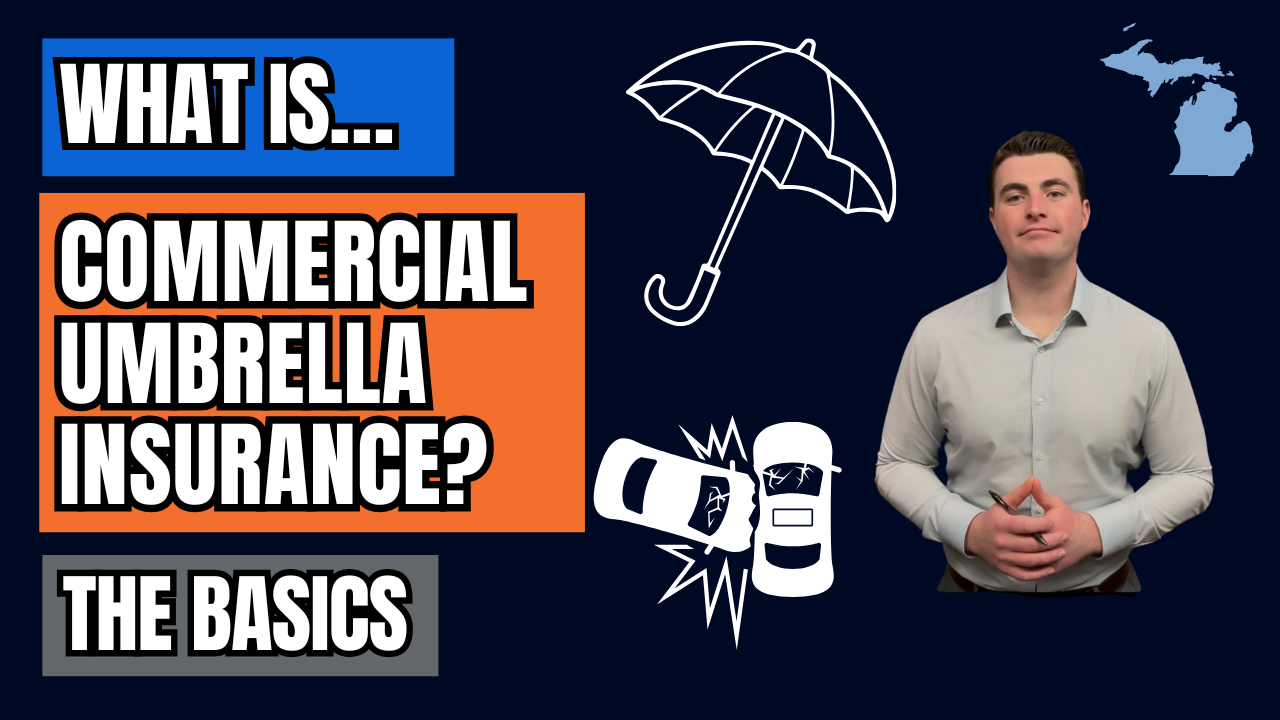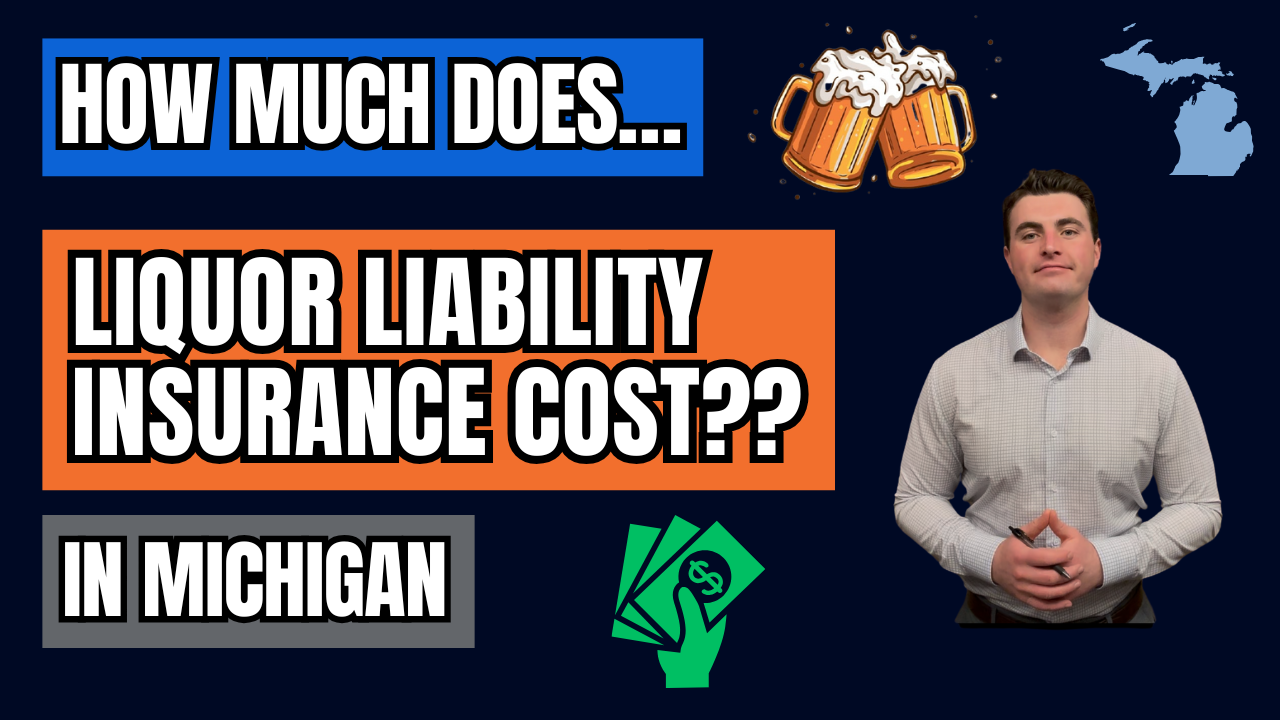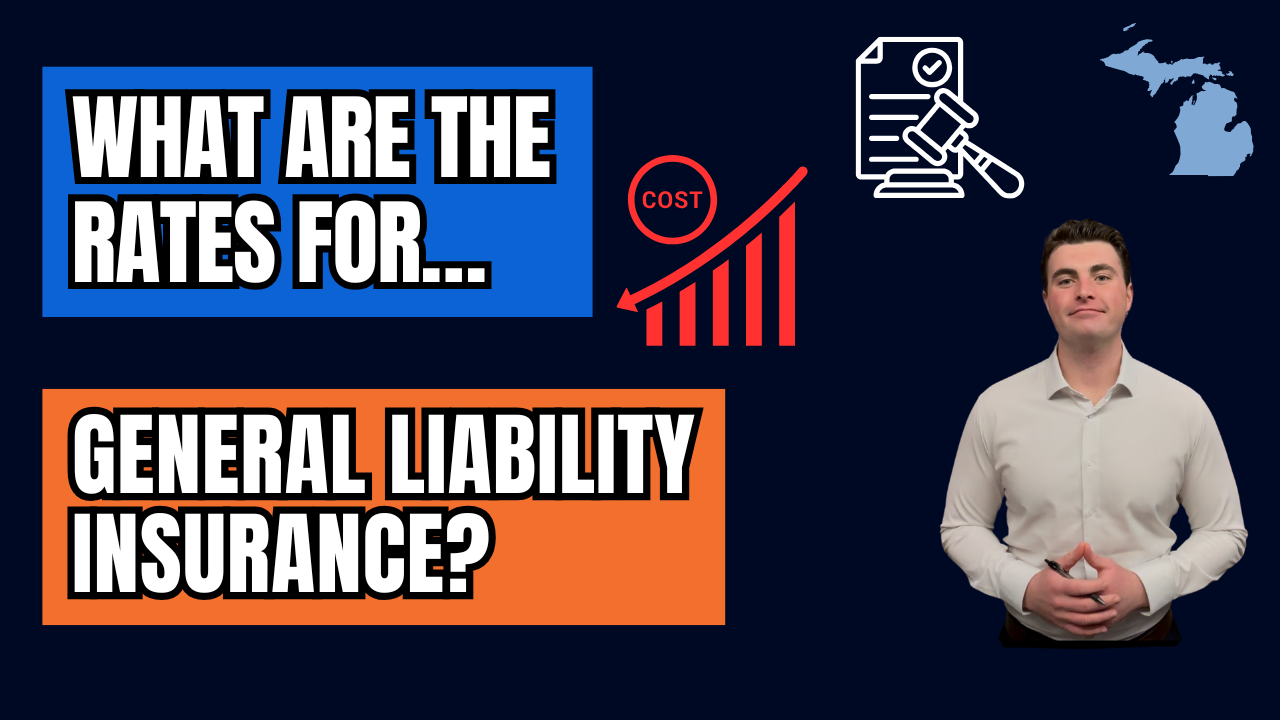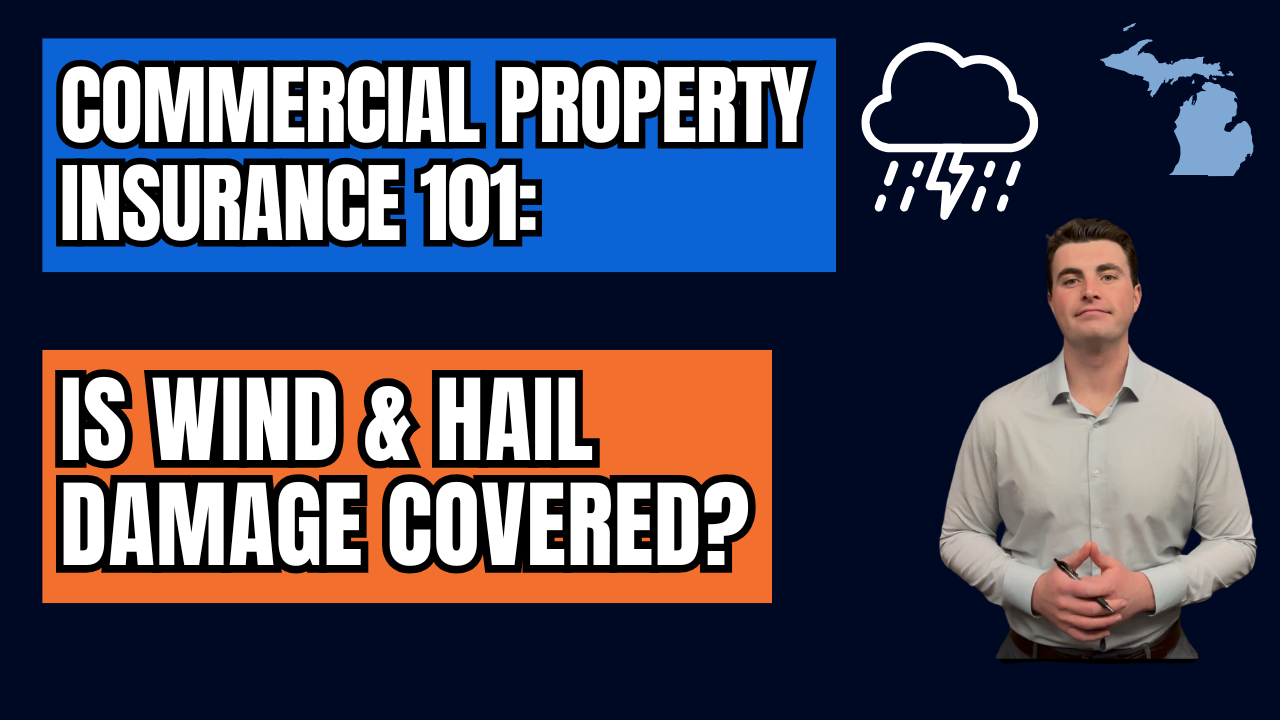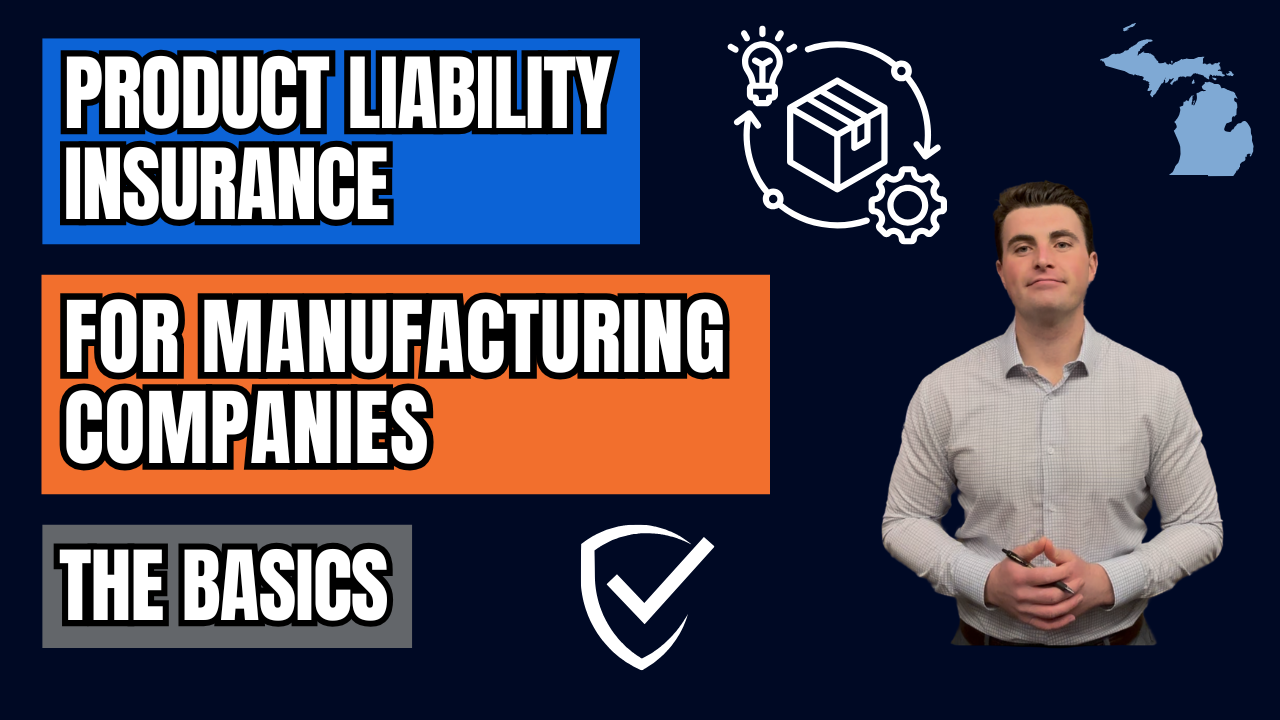Michigan Workers Comp: Minimum Coverage Requirements (And Why You May Want More)
Michigan Workers Comp: Minimum Coverage Requirements (And Why You May Want More)
If you run a business in Michigan, understanding your workers compensation insurance coverage is critical—not just to meet state laws, but to truly protect your business and your employees.
In this article, we’ll break down the state minimum requirements for workers comp in Michigan, explain why those minimums often aren’t enough, and help you decide if higher coverage limits make sense for your situation.
What Are the Minimum Workers Compensation Coverage Limits in Michigan?
In Michigan, the state-mandated minimum workers' compensation insurance limits are:
- $100,000 per occurrence for bodily injury by accident
- $500,000 total policy limit for bodily injury by disease
- $100,000 per employee for bodily injury by disease
These are known as Part B (Employer’s Liability) limits and are designed to protect employers from lawsuits arising from workplace injuries not fully covered under Part A (Statutory Workers’ Compensation Benefits).
Why You Should Consider Higher Workers’ Comp Limits
At first glance, these minimum limits may seem adequate—but in many real-world situations, they fall short.
1. Medical Expenses Can Add Up Quickly
If an employee suffers a severe injury, needs surgery, or requires long-term rehabilitation, $100,000 per accident may not cover the full cost of medical care and wage replacement. Higher limits like $500,000 or $1,000,000 per accident offer stronger protection and peace of mind.
2. Legal Fees and Settlements
If your business faces a lawsuit related to a workplace injury (especially if the injury is disputed or falls outside standard benefits), employer’s liability coverage comes into play. Legal defense costs and settlements can exceed state minimums quickly—higher limits give you a larger financial cushion.
3. You May Be Required to Carry More
Some contracts—especially those with general contractors, government agencies, or large corporations—require higher coverage limits as part of doing business. Bidding on better projects might not even be possible unless you carry $500,000 or $1M limits.
4. Minimal Cost Increase for Higher Limits
Many business owners are surprised to learn that increasing coverage from the state minimum to $500,000 or $1,000,000 limits often results in only a modest premium increase. It’s typically a small price to pay for significantly more protection.
Part A vs. Part B – What’s the Difference?
- Coverage A provides statutory benefits as required by the state (medical, wage loss, rehabilitation, etc.). These are unlimited in Michigan and mandated by law.
- Coverage B, or Employer’s Liability, provides protection for situations not covered under Coverage A—such as lawsuits filed by employees or their families.
Learn more here:
Final Thoughts: Protecting Your Business the Right Way
While Michigan’s minimum workers comp limits satisfy legal requirements, they may not provide enough financial protection in the event of a serious injury, lawsuit, or claim. Opting for higher limits—like $500,000 or $1,000,000—can better shield your business and ensure your employees are properly cared for.
Talk with your insurance agent to review your current policy and compare the cost of raising your coverage limits. It’s often a smart, low-cost investment in your business’s long-term health and stability.
Related Resources
- Michigan Workers’ Comp Overview – State of Michigan
- Southwest F.M. on Employer Liability Limits
- Michigan Work Comp Placement Facility Manual
- Workers Compensation Statistical Plan (Michigan)
- Foresight Insurance: Workers' Comp Limits Explained
Contact Us
We will get back to you as soon as possible.
Please try again later.


